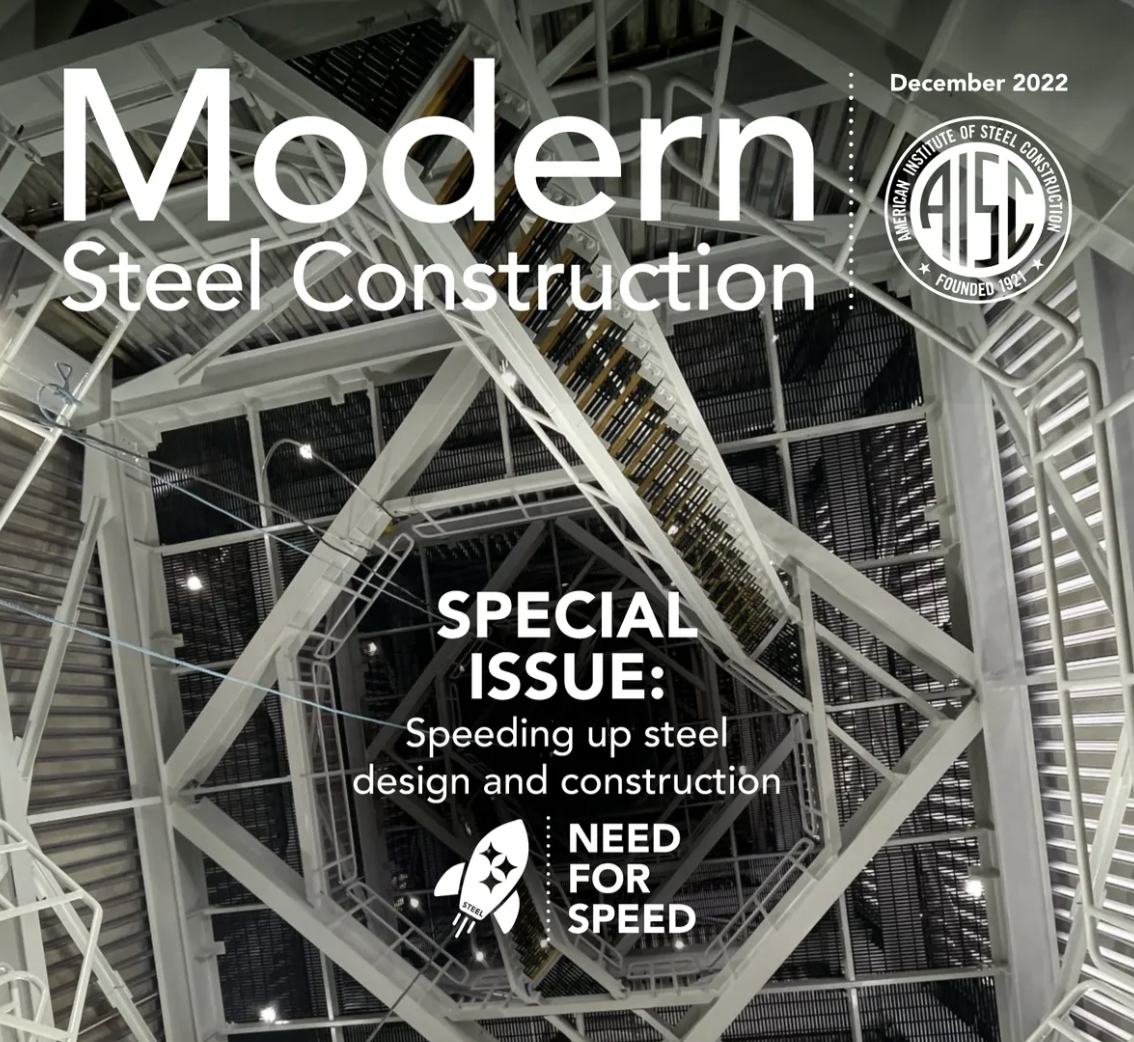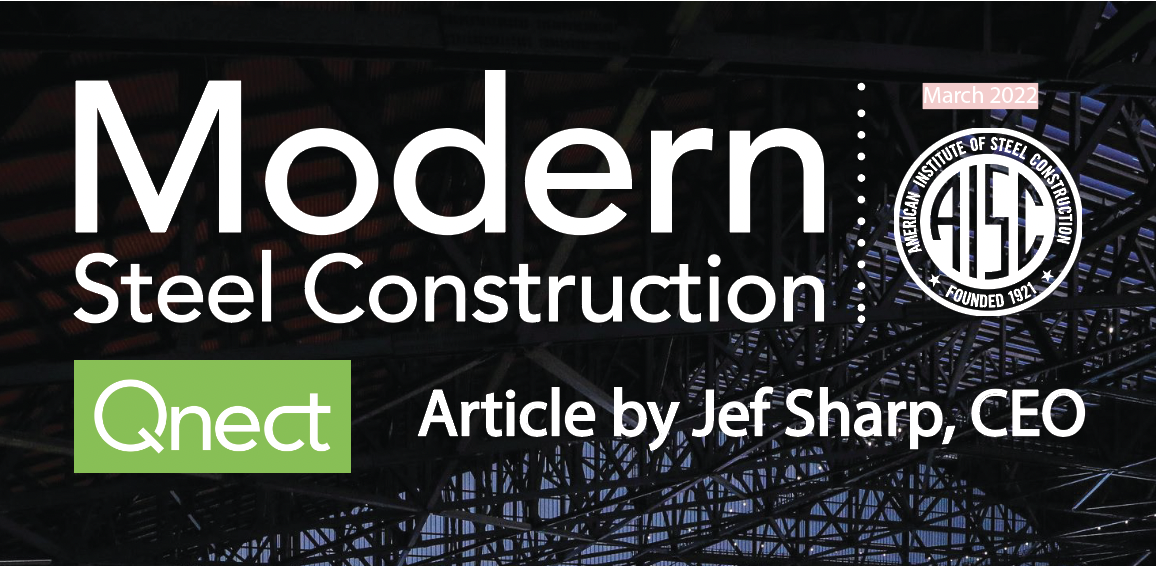Qnect in MSC Need for Speed Special Segment
Read about Qnect's software in MSC's December 2022 issue.
3 min read
 Michael Gustafson
:
Jun 9, 2023 4:17:34 PM
Michael Gustafson
:
Jun 9, 2023 4:17:34 PM

As we enter the summer season, many of you are planning your school breaks and getaways. With it also being half way through the year, I wanted to reflect on current market conditions in construction and the continued urgency to reduce project uncertainty.
While some owners are delaying project starts due to higher financing costs, others are exploring strategies to mitigate material availability and price fluctuations. This recent article from Construction Users Roundtable (CURT) caught my eye as they explain what strategies owners are taking.
Since early 2022, material costs have risen 26% and labor costs 15%, hindering subcontractor profitability. Building owners are worried about subcontractors defaulting and are using strategies to shift risk off of subs. These strategies include contract escalation clauses and more transparent payment terms to help trades stabilize their cash flows.
These are valuable mitigation strategies that respond to the market situation. However, owners are also taking more proactive efforts to mitigate project risk in how they deliver projects. For example, owners are contracting structural engineers to deliver steel designs that go beyond the standard of care. More specifically, design teams are producing detailed 3D steel models with 100% of the steel connections engineered and PE stamped, a deliverable known as Early Connected Models. Let me explain a bit more about the benefits of this delivery process and why owners are doing this.
Why is Early Connected Modeling so Compelling?
We know that when designs are pulled early to order materials, the designs are really not complete and result in bid uncertainty, cost overruns and excess waste. Bolstering design deliverables with highly detailed 3D models has proven to reduce uncertainty and positively impact subcontractor cash flows as noted in the article above. As one VP at a national general contracting firm told me:
“Most cost issues come from incomplete designs. With early connected models, not only are you completing the design, you are completing it sooner.”
So how do early connected models mitigate these higher costs? There are two major ways:
An article recently published in ModernSteel , titled Southern Exposure, details how Walter P. Moore and Mortenson saved 10-20% on the steel bids for the project, using an early connected model delivery. Adding in the savings from reduced extras and RFIs, this number could be higher.
While 10-20% steel savings may sound unbelievable, mounting evidence continues to support this statistic. As early connected models gain traction, I will continue to share insights from structural teams who are delivering early connected models and subsequently greater cost savings, schedule certainty, and reduced carbon for their clients.
—
Why Now?
Some of you know I’ve been a big proponent of early connected models for nearly two decades. I am proud to have supported early adopters like Gregory P Luth Associates, WSP and Thornton Tomasetti in their early deployments of this service. The ROIs were impactful then and are even greater now with better BIM processes and technology automation. I recently met up with Allan Paull, Senior VP at AECOM Tishman, a long time proponent of early connected models. He shared some very compelling savings for owners, especially when automation is leveraged. I encourage you to check out this two minute video or his more in-depth narrative to hear his perspective on the topic.
I truly believe we are on the verge of a chasm shift with early connected models. As debated in a panel at NASCC 2023 with both fabricators and engineers, the trend is happening. I hear more questions from owners and contractors about ‘why not include the connection engineering as part of the design.’
What’s Next?
In future posts, I will lay out how achieving three things will help us overcome the barriers and make early connected models the standard of care:
I will also lay out what industry trends are fueling this and what next generation of “connected model teams” are driving this adoption.
I look forward to hearing your feedback about the current state of the market and what strategies you are taking to deliver your steel projects better. For those of you exploring early connected modeling, let us help you convey its benefits to your clients, as it is a proven way to reduce project uncertainty. This is especially important now as we enter into the second half of 2023.
Access the Qnect app to enhance team collaboration and project efficiency. Sign in or create an account to manage communication and workflows with clarity and control.

Read about Qnect's software in MSC's December 2022 issue.
.png)
FOR IMMEDIATE RELEASE

"LAST MONTH, I wrote about how early connected models can help steel fabricators. This month, let’s expand the discussion to include the myriad...